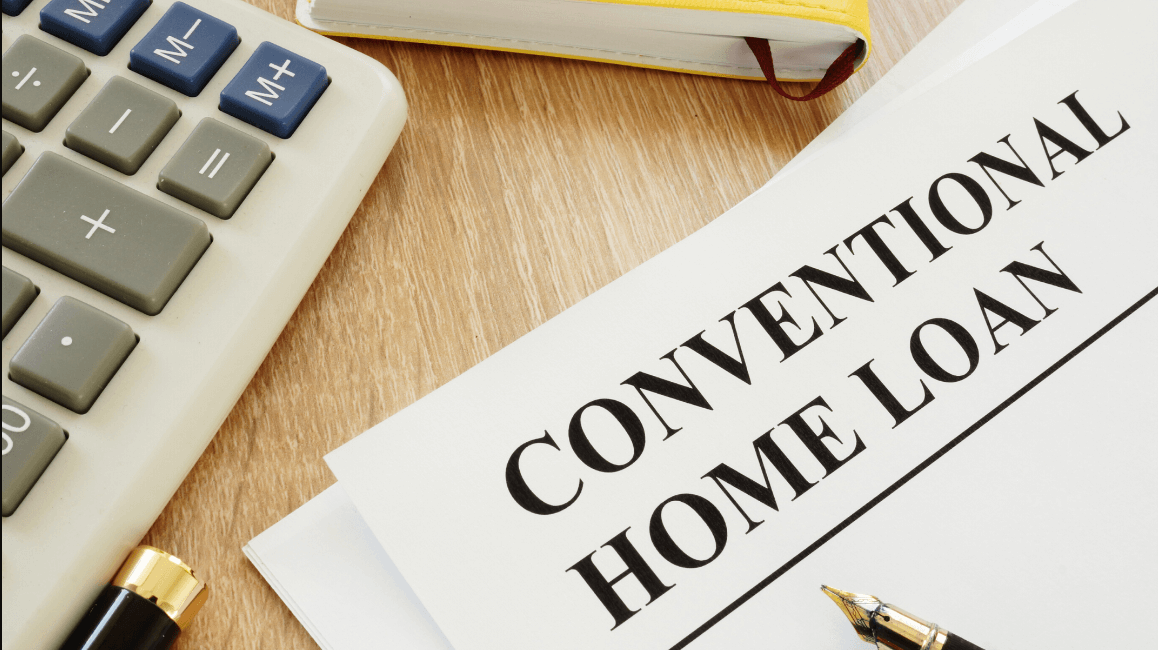Conventional Loan Down Payment: What You Need to Know

Are you planning to buy a new home and considering a conventional loan? One crucial aspect to understand is the down payment requirement for a conventional loan. In this article, we will delve into the details of a conventional loan down payment, including what it is, how it affects your mortgage, and tips to help you navigate this aspect of the homebuying process. So, let’s get started!
1. Introduction: What is a Conventional Loan?
A conventional loan is a type of mortgage that is not insured or guaranteed by a government entity like the Federal Housing Administration (FHA) or the Department of Veterans Affairs (VA). Instead, conventional loans are provided by private lenders such as banks, credit unions, or mortgage companies. These loans typically follow guidelines set by government-sponsored enterprises (GSEs) like Fannie Mae or Freddie Mac.
2. Understanding the conventional loan Down Payment
When you buy a home with a conventional loan down payment refers to the initial amount of money you pay upfront. It is a percentage of the total purchase price of the property. The remaining balance is financed through the conventional loan.
3. The Importance of the Down Payment
The down payment plays a significant role in your mortgage because it affects several aspects, including the loan amount, interest rate, and monthly payments. A higher down payment can result in a lower loan amount, lower interest rate, and potentially lower monthly payments.
4. How Much Down Payment is Required?
The down payment requirement for a conventional loan varies depending on factors such as the type of loan, your creditworthiness, and the lender’s guidelines. Generally, conventional loans require a down payment ranging from 3% to 20% of the purchase price. The specific amount will be determined by the loan program and your financial situation.
5. Options for Meeting the Down Payment Requirement
If you are concerned about meeting the down payment requirement, it’s essential to explore your options. Here are a few ways to fulfill the down payment requirement for a conventional loan:
- Personal Savings: Saving money over time to accumulate the necessary funds.
- Gift Funds: Receiving a financial gift from a family member or relative.
6. Benefits of a Higher Down Payment
Opting for a higher down payment can bring several advantages, including:
- Lower Monthly Payments: A higher down payment reduces the loan amount, resulting in lower monthly payments.
- Equity and Loan-to-Value Ratio: A substantial down payment can create instant equity and improve your loan-to-value ratio.
- No Mortgage Insurance: In some cases, a higher down payment can eliminate the need for private mortgage insurance (PMI).
7. Challenges of a Lower Down Payment
Choosing a lower down payment may have its challenges, including:
- Higher Monthly Payments: A smaller down payment means a higher loan amount and potentially higher monthly payments.
- Mortgage Insurance: A lower down payment often requires private mortgage insurance (PMI), which adds an additional cost to your monthly mortgage payment.
8. Exploring Down Payment Assistance Programs
If you need additional support to meet the down payment requirement, down payment assistance programs can be beneficial. These programs offer grants, loans, or other forms of financial aid to eligible homebuyers.
9. The Role of Credit Score in Down Payment Requirements
Your credit score is an essential factor considered by lenders when determining the down payment requirement. A higher credit score often leads to more favorable terms and lower down payment requirements
10. Mortgage Insurance: Its Impact on Down Payment
If your down payment is less than 20% of the purchase price, you will likely be required to pay for private mortgage insurance (PMI). This insurance protects the lender in case of default. It’s crucial to understand the cost and implications of PMI when deciding on your down payment amount.
11. The Pros and Cons of a Conventional Loan
Conventional loans offer advantages and disadvantages worth considering:
- Pros: Flexible loan terms, potentially lower interest rates, and no upfront mortgage insurance premium (unlike FHA loans).
- Cons: Stricter requirements, higher credit score expectations, and potential for higher down payment requirements.
12. Closing Costs and the Down Payment
In addition to the down payment, homebuyers need to account for closing costs. Closing costs typically range from 2% to 5% of the purchase price and cover fees for services such as the appraisal, title search, attorney fees, and more.
13. Conclusion
Understanding the requirement for a conventional loan down payment is vital when embarking on your homebuying journey. It impacts various aspects of your mortgage, including the loan amount, interest rate, and monthly payments. By exploring options, saving diligently, and considering down payment assistance programs, you can navigate this aspect effectively and make an informed decision.
Frequently Asked Questions
1. Can I buy a home with a conventional loan without a down payment? No, conventional loans typically require a down payment ranging from 3% to 20% of the purchase price. However, there are some low down payment options available for eligible borrowers.
2. Is it better to make a higher down payment? Making a higher down payment can have advantages such as lower monthly payments and potential elimination of mortgage insurance. However, it’s essential to consider your financial situation and long-term goals when deciding on the down payment amount.
3. Are there down payment assistance programs for conventional loans? Yes, there are down payment assistance programs available for conventional loans. These programs offer grants, loans, or other financial aid to help eligible homebuyers fulfill the down payment requirement.




